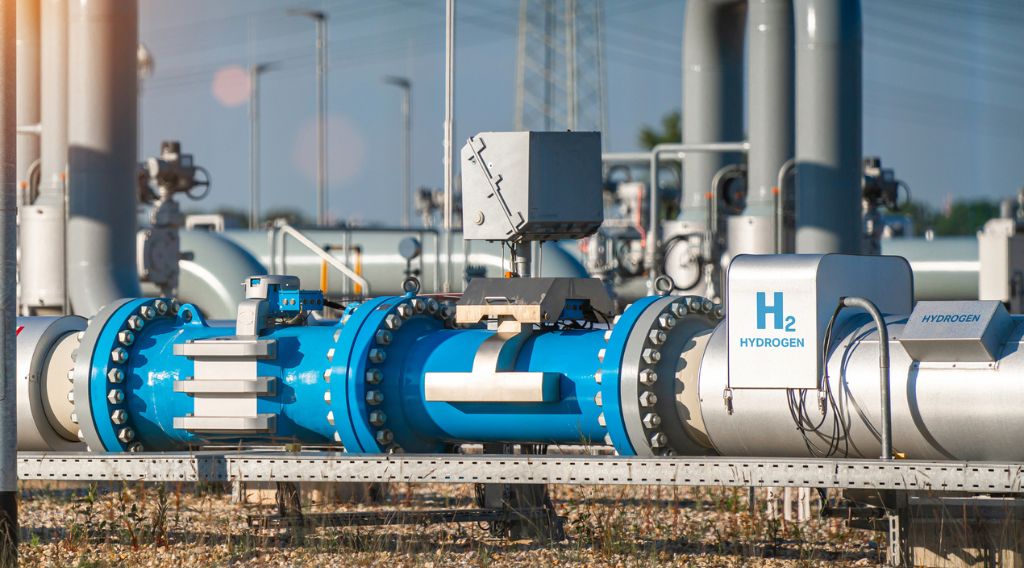 Minnesota’s landmark climate law requires all utilities to accelerate solar and other renewable energy deployment. But the benefits of wind and solar farms can extend far beyond providing emission-free power, including integration with, and support for, the agricultural economic base of states with extensive farmland similar to Minnesota.
Minnesota’s landmark climate law requires all utilities to accelerate solar and other renewable energy deployment. But the benefits of wind and solar farms can extend far beyond providing emission-free power, including integration with, and support for, the agricultural economic base of states with extensive farmland similar to Minnesota.
GPI is partnering with member-owned electric cooperative Connexus Energy, Big River Farms, which advocates for minority and immigrant farmers, and US Solar on a first-time pilot project showcasing how we can sustainably use the same land to grow food and house solar arrays.
The pilot project, enabled by a grant from the Mortenson Family Foundation, will lead to best practices for communities and electric co-ops across Minnesota to replicate the project, capturing one of the many co-benefits that communities can realize from hosting renewable energy facilities.
The co-benefits of renewable energy production come in many forms, depending on the priorities of the community and the developer. Co-benefits can include protecting ground or surface waters, creating habitat, protecting soil health, enhancing tax base, diversifying rural landowner and agricultural producer revenue streams, creating new agricultural opportunities, and enhancing local food production.
The project with Connexus and Big River Farms is particularly important in light of its compatibility with multiple new federal solar power incentives and programs, as well as the need for local co-ops to meet the state’s clean energy goals.
As part of the project, GPI is documenting barriers, opportunities, and pathways for replication by other utilities or communities. That includes developing outreach and education materials for farmers, solar developers, and electric co-ops on how this model can be beneficial and how to use the land around solar arrays to fit with sustainable agriculture, enhance local food systems, provide opportunity for emerging farmers, and create “social license” for community and large-scale solar development that helps us address the climate crisis.
The National Renewable Energy Laboratory, supported with funding from the US Department of Energy, is undertaking additional research on the site.
The project underscores the reality that solar and other renewable facilities are not just new versions of power plants but rather distinct land that can host multiple uses. All communities have valuable solar or wind energy resources, meaning most communities will become hosts to renewable energy production. And it shows that all host communities should and can benefit from the clean energy future.
Learn about a larger, innovative agrivoltaics project that’s an extension of this pilot project with the same partners.
Keep up to date with all GPI news by signing up for our monthly newsletter.
Photo courtesy of Maddie Greene (Energy Foundation/Tunheim)

